
-
Updating Roman Jakobson’s ‘Poetic Function’ with Vector Semantics
Read more: Updating Roman Jakobson’s ‘Poetic Function’ with Vector SemanticsKurzynski discusses how poetry extends beyond sound and rhythm and taps into a deeper network of meanings.


Kurzynski discusses how poetry extends beyond sound and rhythm and taps into a deeper network of meanings.
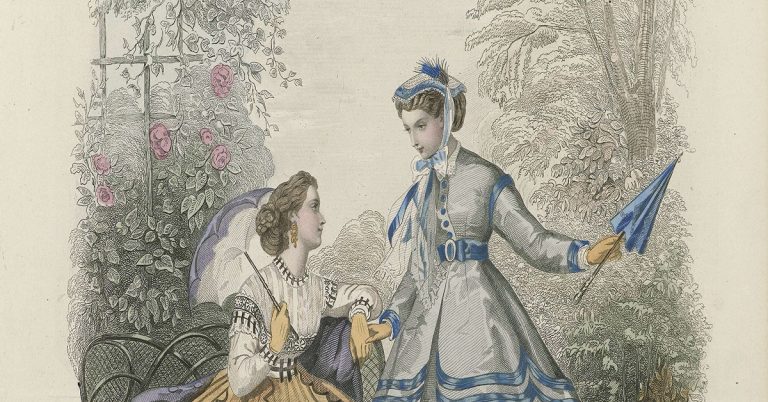
Elena Vanden Abeele investigates the functions, symbols and hidden meanings behind the parsol in the 19th century.
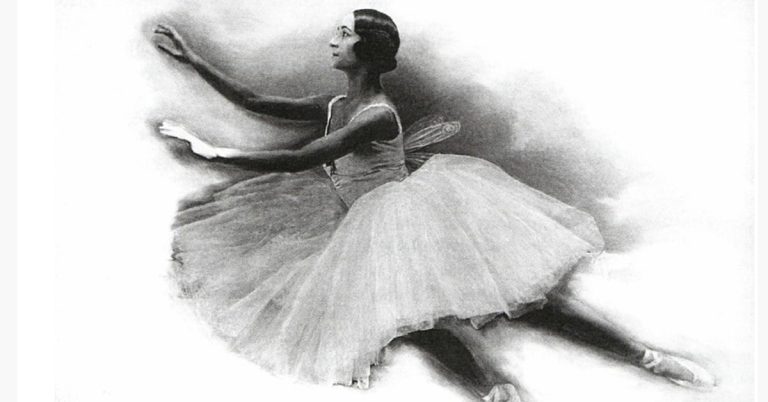
Sebastian Cody explores the challenges of ballet historiography, emphasising the need for rigorous scholarship amidst widespread inaccuracies
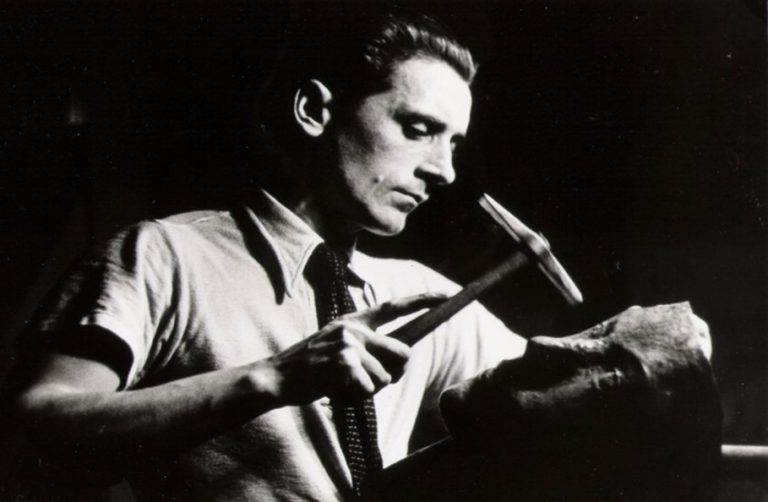
Robin Jackson explores the life and extraordinary range of work of 20th century German artist Hermann Gross
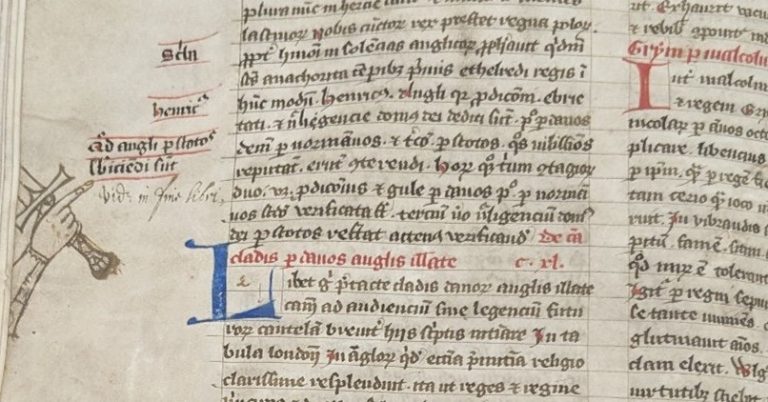
Is there any such thing as a new idea? Bryony Coombs discusses similarities in artistic expression, centuries apart.

Explore the journey of Art and Visual Culture publishing at Edinburgh University Press, from the 1960s to the most recent and innovative publications.
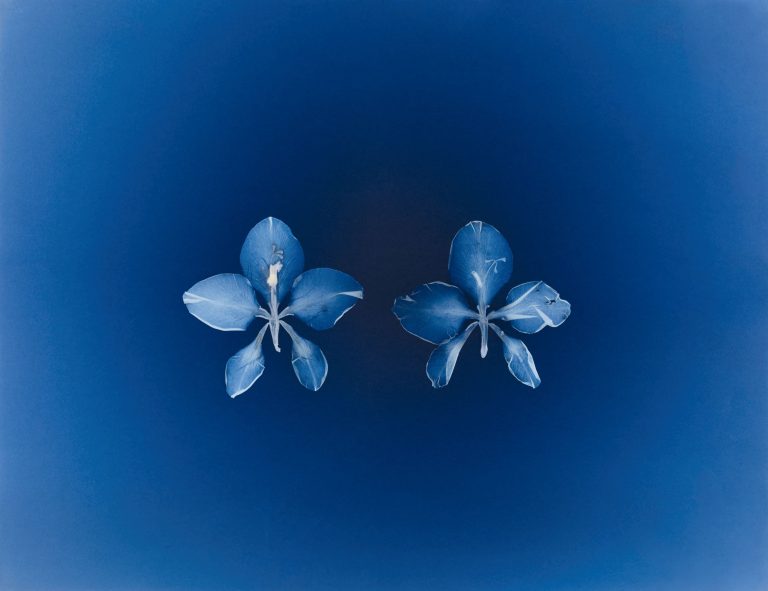
We are pleased to announce a new series in our continuing partnership with Studies in Photography. The Scottish Photographic Artists series will launch on April 30, 2023 with the publication of In Search of the Blue Flower: Alexander Hamilton and…